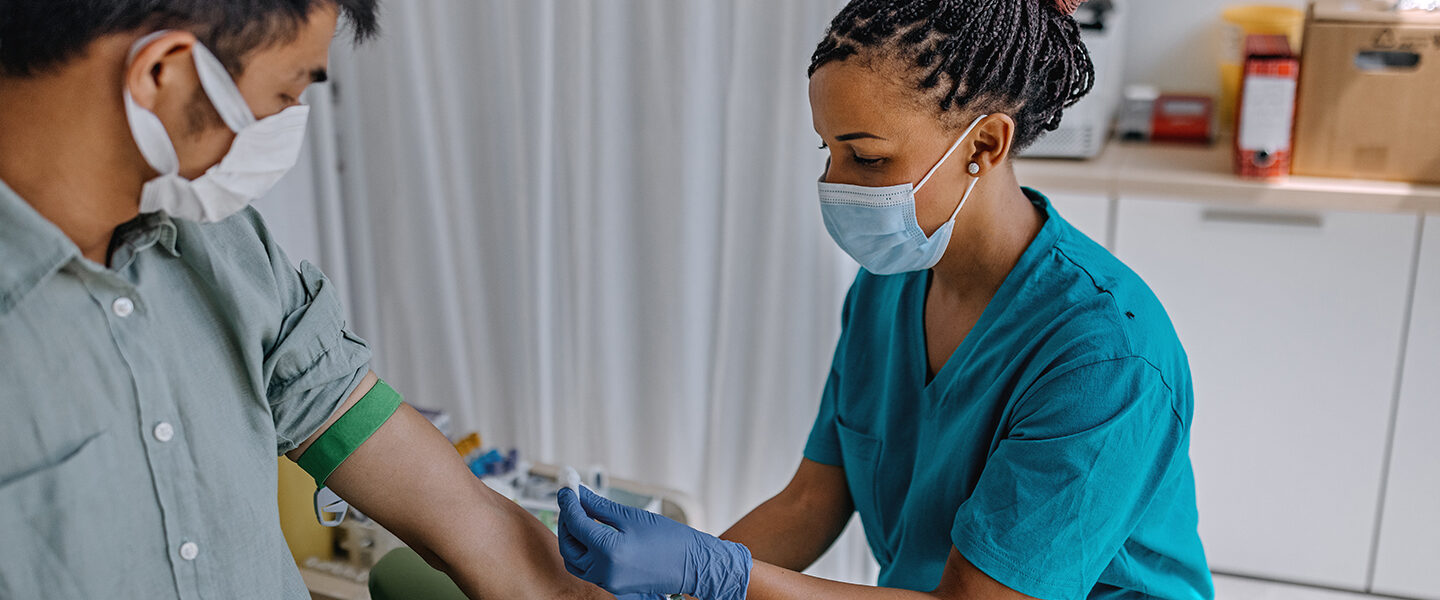Northeast Medical Institute - New Haven Campus Phlebotomy Course & Cna Class Can Be Fun For Everyone
Northeast Medical Institute - New Haven Campus Phlebotomy Course & Cna Class Can Be Fun For Everyone
Blog Article
Northeast Medical Institute - New Haven Campus Phlebotomy Course & Cna Class Can Be Fun For Anyone
Table of ContentsSome Ideas on Northeast Medical Institute - New Haven Campus Phlebotomy Course & Cna Class You Need To KnowNot known Details About Northeast Medical Institute - New Haven Campus Phlebotomy Course & Cna Class Little Known Facts About Northeast Medical Institute - New Haven Campus Phlebotomy Course & Cna Class.10 Simple Techniques For Northeast Medical Institute - New Haven Campus Phlebotomy Course & Cna ClassThe 9-Minute Rule for Northeast Medical Institute - New Haven Campus Phlebotomy Course & Cna ClassThe Main Principles Of Northeast Medical Institute - New Haven Campus Phlebotomy Course & Cna Class
The usage of such gadgets need to be gone along with by various other infection prevention and control methods, and training in their use. Not all safety and security tools apply to phlebotomy. Before picking a safety-engineered gadget, individuals must completely explore offered gadgets to identify their suitable usage, compatibility with existing phlebotomy techniques, and effectiveness in protecting team and people (12, 33).For settings with reduced sources, price is a driving element in purchase of safety-engineered gadgets. Where safety-engineered devices are not available, experienced use of a needle and syringe is acceptable.
Among the necessary markers of top quality of treatment in phlebotomy is the participation and collaboration of the patient; this is equally useful to both the health and wellness employee and the person. Clear details either created or verbal must be offered to every client that undergoes phlebotomy. Annex F provides example message for clarifying the blood-sampling treatment to a person. labelling); transport problems; analysis of outcomes for scientific management. In an outpatient department or facility, provide a devoted phlebotomy cubicle containing: a clean surface with two chairs (one for the phlebotomist and the various other for the individual); a hand wash basin with soap, running water and paper towels; alcohol hand rub. In the blood-sampling room for an outpatient division or center, offer a comfortable reclining couch with an arm remainder.
Examine This Report on Northeast Medical Institute - New Haven Campus Phlebotomy Course & Cna Class
Guarantee that the indicators for blood sampling are plainly defined, either in a created protocol or in recorded directions (e.g. in a lab form). In any way times, comply with the strategies for infection prevention and control detailed in Table 2.2. Infection avoidance and control practices. Accumulate all the tools required for the treatment and place it within secure and very easy reach on a tray or trolley, making certain that all the products are plainly visible.
Present on your own to the person, and ask the individual to state their full name. Check that the research laboratory type matches the person's identification (i.e. match the individual's information with the research laboratory kind, to make certain accurate recognition).
Make the person comfy in a supine position (ideally). Place a tidy paper or towel under the patient's arm. Review the examination to be executed (see Annex F) and get spoken authorization. The client has a right to decline a test any time prior to the blood sampling, so it is essential to make certain that the patient has actually recognized the procedure.
The 4-Minute Rule for Northeast Medical Institute - New Haven Campus Phlebotomy Course & Cna Class
Extend the person's arm and examine the antecubital fossa or forearm. Locate a blood vessel of a good size that is noticeable, straight and clear.
DO NOT insert the needle where capillaries are diverting, since this increases the chance of a haematoma. Locating the vein will certainly assist in identifying the right dimension of needle.
Specimens from central lines lug a threat of contamination or erroneous lab test outcomes. It is acceptable, but not suitable, to attract blood specimens when first presenting an in-dwelling venous gadget, before linking the cannula to the intravenous liquids.
Some Known Factual Statements About Northeast Medical Institute - New Haven Campus Phlebotomy Course & Cna Class
Permit the area to completely dry. Failure to allow enough contact time enhances the threat of contamination. DO NOT touch the cleaned up site; specifically, DO NOT place a finger over the blood vessel to direct the shaft of the subjected needle. It the site is touched, repeat the sanitation. Perform venepuncture as follows.
Ask the person to develop a fist so the capillaries are a lot more popular. Enter the vein swiftly at a 30 degree angle or much less, and proceed to introduce the needle along the blood vessel at the simplest angle of entry - PCT Courses. As soon as adequate blood has actually been accumulated, release the tourniquet prior to withdrawing the needle
The Best Guide To Northeast Medical Institute - New Haven Campus Phlebotomy Course & Cna Class
Take out the needle delicately and apply mild pressure to the site with a clean gauze or completely dry cotton-wool round. Ask the individual to hold the gauze or cotton wool in place, with the arm prolonged and increased. Ask the individual NOT to bend the arm, because doing so creates a haematoma.

How Northeast Medical Institute - New Haven Campus Phlebotomy Course & Cna Class can Save You Time, Stress, and Money.
Do not push the syringe plunger since additional pressure increases the threat of haemolysis. Where feasible, keep televisions in go to my site a shelf and relocate the shelf in the direction of you. Inject downwards into the proper coloured stopper. DO NOT eliminate the stopper because it will certainly launch the vacuum. If the example tube does not have a rubber stopper, inject incredibly gradually into the tube as reducing the stress and speed utilized to move the specimen reduces the danger of haemolysis.

Report this page